CBSE Class 8 Science Chapter 2 Notes: Microorganisms
If you observe a drop of water in a pond through a microscope, you will see a lot of tiny rounded structures. These tiny creatures are known as microbes or microorganisms. They are all around us and are so small in size that they cannot be seen with bare human eyes. Microbes are classified into four groups.
- Protozoa
- Bacteria
- Fungi
- Algae
Introduction
Microorganisms
- Microorganisms are microscopic organisms that cannot be seen with the naked eye.
- These organisms are usually unicellular in nature.
For more information on Microorganisms, watch the below videos
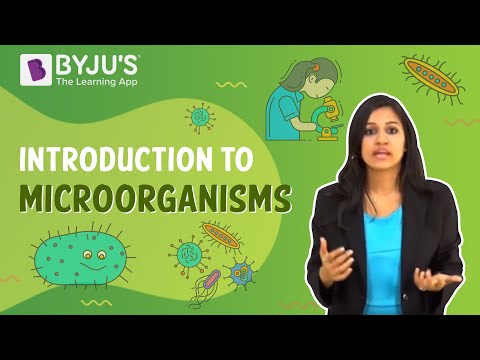
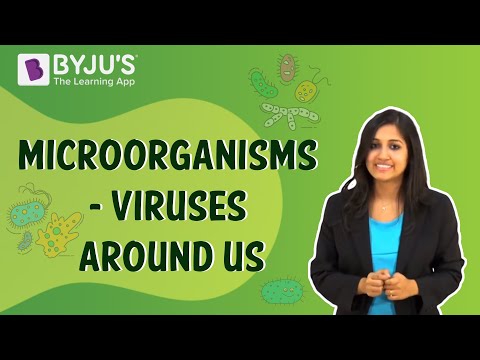
The Guys Who Are Everywhere – Bacteria
Bacteria
- Bacteria are unicellular prokaryotic microorganisms.
- Some bacteria are useful for humans while some can be harmful.
- They are of four major types: Bacillus, Vibrio, Cocci and Spirilla
Probiotics
- Probiotics are live bacteria and yeasts that are good for your health, especially the digestive system.
For more information on Bacteria – The Guys Everywhere, watch the below video
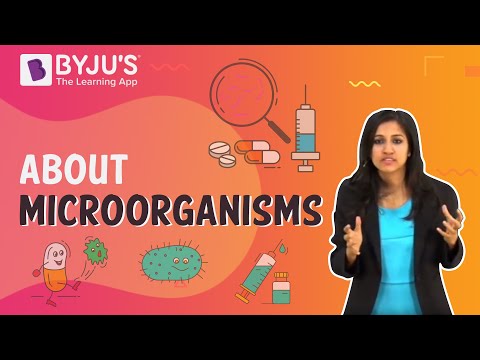
They Love Death – Fungi
Fungi
- Fungi are saprophytic or parasitic organisms.
- They are mostly multicellular and not microscopic.
- However, yeast is a unicellular and microscopic organism.
To know more about Fungi, visit here.
Fermentation
- Fermentation is a metabolic process that converts sugar to acids, gases or alcohol.
- Fermentation is used in the preparation of curd and alcohol.
For more information on Fungi – The Death Lovers, watch the below video
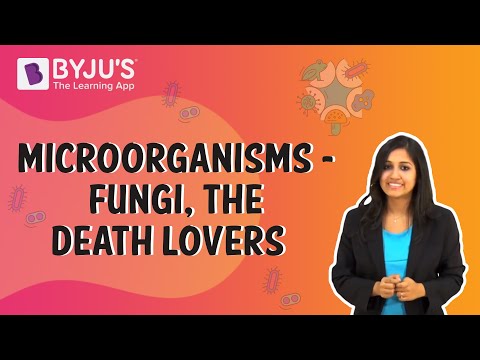
To know more about Fermentation, visit here.
Creepy Protozoans
Protozoa
- Protozoa are single-celled microscopic animals which include flagellates, ciliates, sporozoans and many other forms.
- A few examples of protozoa are amoeba, paramecium, euglena, plasmodium, etc.
To know more about Protozoa, visit here.
Viruses – From Computers to Life
Viruses
- Viruses are organisms that possess nucleic acid but lack replicating machinery.
- Thus, a virus cannot survive without a living cell.
- Viruses are also considered to be on the borderline between living and nonliving entities.
- A few examples of viruses are influenza virus, HIV, Rabies virus, poliovirus, tobacco mosaic virus, etc.
To know more about Viruses, visit here.
Save Yourself – Vaccines and Antibiotics
Vaccines
A vaccine is a biological preparation that provides active acquired immunity to a disease.
- Vaccines are usually made for viral diseases.
- A few examples of vaccines are Salk vaccine for Polio, Influenza vaccine, Rabies vaccine, etc.
To know more about Vaccines, visit here.
Antibiotics
Antibiotics is an inorganic or organic compound that inhibits and kills microorganisms.
- Antibiotics usually target bacteria.
- Thus, most bacterial diseases are treated with antibiotics.
For more information on Microorganisms, Save Yourself with Vaccines and Antibiotics, watch the below video:

To know more about Antibiotics, visit here.
Pathogens
- A pathogen is any organism that causes disease.
- In this context, pathogens are microorganisms.
- Bacteria, protozoa and viruses can be pathogenic.
To know more about Pathogens, visit here.
Carrier
- A carrier is a person or organism infected with an infectious disease agent but displays no symptoms of it.
- They can spread the infection since they already have the pathogen in their bodies.
Vector
- A vector is an organism, which is a biting insect or tick, that can transmit disease or parasite from one animal or plant to another.
- Common examples are mosquitoes.
- Aedes mosquito spreads dengue virus, Anopheles mosquito spreads the malarial parasite.
Airborne diseases
- Certain diseases can spread by air.
- These diseases are called airborne diseases.
- Influenza is the best example of this type of disease.
Waterborne diseases
- The diseases that spread through water are called waterborne diseases.
- Contaminated water is host to several pathogens.
- Typhoid is the best example of a waterborne disease.
Examples of Diseases
| Human diseases | Causative Organism | Mode of Transmission |
| Tuberculosis | Bacteria | Air |
| Measles | Virus | Air |
| Chickenpox | Virus | Air/Contact |
| Polio | Virus | Air/Contact |
| Cholera | Bacteria | Water/Food |
| Typhoid | Bacteria | Water |
| Hepatitis B | Virus | Water |
| Malaria | Protozoa | Mosquito bite |
| Sleeping sickness | Protozoa | Tsetse fly |
Plant diseases
- Certain pathogens can cause diseases in plants. Just like humans, plants can be attacked by bacteria or viruses.
- Several micro-organisms cause diseases in plants like rice, potato, wheat, sugarcane, orange, apple and others.
| Disease | Pathogen | Mode of Transmission |
| Citrus canker | Bacteria | Air |
| Rust of Wheat | Fungi | Air/Seed |
| Yellow vein mosaic of bhindi | Virus | Insect |
Watch What You Eat! – Food Poisoning and Preservation
Food poisoning
- When food contaminated with pathogens or toxins is consumed, it causes food poisoning.
- The most common symptom is a pain in the stomach.
- In severe cases, food poisoning can also cause death.
Food preservation
- Food preservation is the most vital part of the food industry.
- Certain chemicals inhibit the growth of bacteria and increase the life of the cooked food.
- Certain simple preservation methods can be carried out at our home.
To know more about Food Poisoning and Food Preservation, visit here.
Chemical methods
- Chemical preservatives are used in food preservation by major food industries as they are harmless to humans.
- Sodium meta-bisulphate and sodium benzoate are commonly used chemical preservatives.
Uses of common salt
- Common salt also known as sodium chloride, is used as a preservative at home.
- Vegetables are pickled using salt as the salt removes water and kills bacteria and fungus cells.
Preservation by Sugar
- Sugar is used for the preservation of jams, jellies and squashes.
- The growth of microbes is restricted by the use of sugar as it reduces the moisture content.
Preservation by oil and Vinegar
- Many food preparations, like pickles, are preserved by adding either oil or vinegar to them.
- Bacteria cannot grow in such medium.
Pasteurization
- Pasteurization is a process of superheating and cooling beverages to kill pathogenic microbes.
- Pasteurization ensures the taste of the beverage, such as milk does not get destroyed.
Storage and Packing
- Dry fruits and many vegetables are preserved in airtight/air-sealed containers.
- The absence of air prevents the growth of bacteria or fungi.
For more information on Food Poisoning and Preservation, watch the below video
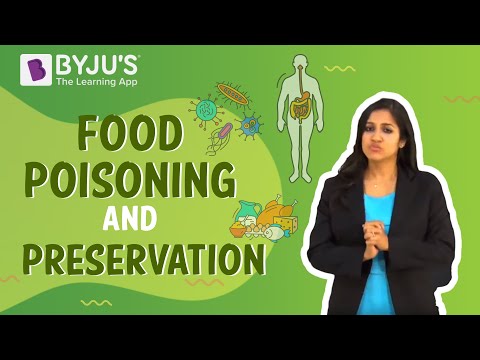
Nitrogen Cycle
The nitrogen cycle is a biogeochemical cycle by which nitrogen is converted into various chemical forms as it circulates among the atmosphere and terrestrial and marine ecosystems.
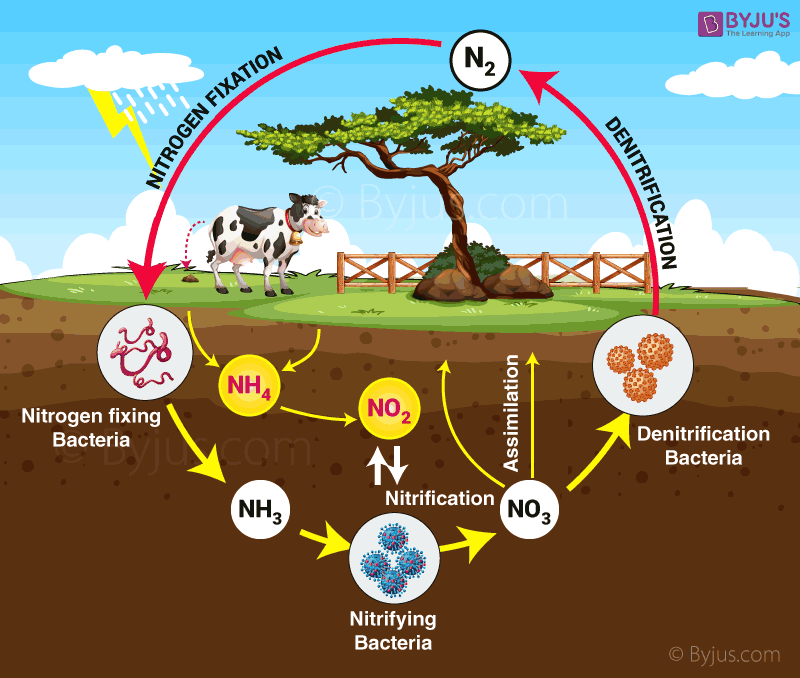
To know more about Nitrogen Cycle, visit here.
| Also Access |
| NCERT Solutions for class 8 Science Chapter 2 |
| NCERT Exemplar for class 8 Science Chapter 2 |
Learn more about Microorganisms living around us and other related topics, including CBSE class 8 Science notes, at BYJU’S.
Also Read:-
| Microbes | Useful and Harmful Microorganisms |
Frequently Asked Questions on CBSE Class 8 Science Notes Chapter 2 Microorganisms
What are the different types of microorganisms?
The different types of microorganisms are bacteria, archaea, fungi (yeasts and molds), algae, protozoa and viruses.
Which type of microorganisms are usually used in vaccines?
Inactivated forms of viruses/dead viruses are usually used in vaccines.
What are some of the main uses of microorganisms?
The main uses of microorganisms are Baking, Organic acids, Fermentation, Enzyme and steroid production, Insecticide and pesticide production.
These notes are very useful, good and easy
thank you so much byjus because of you I was able to complete and understand my lesson